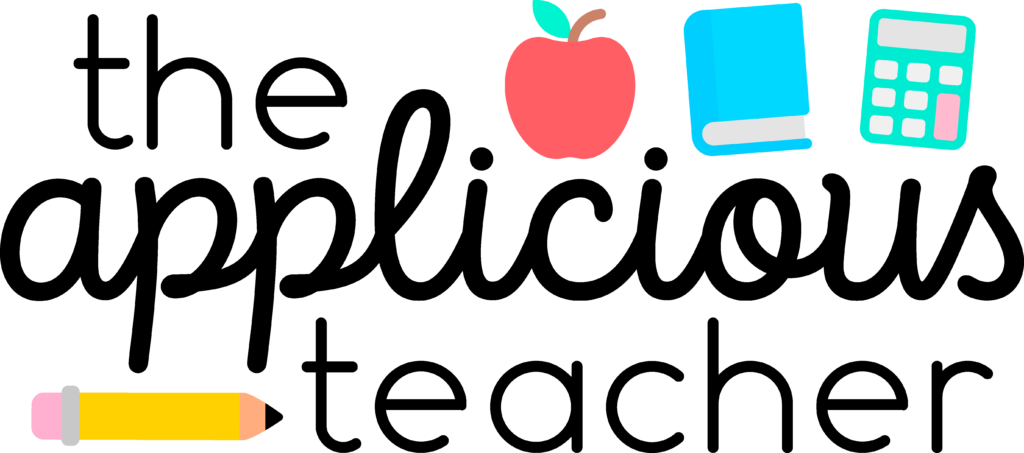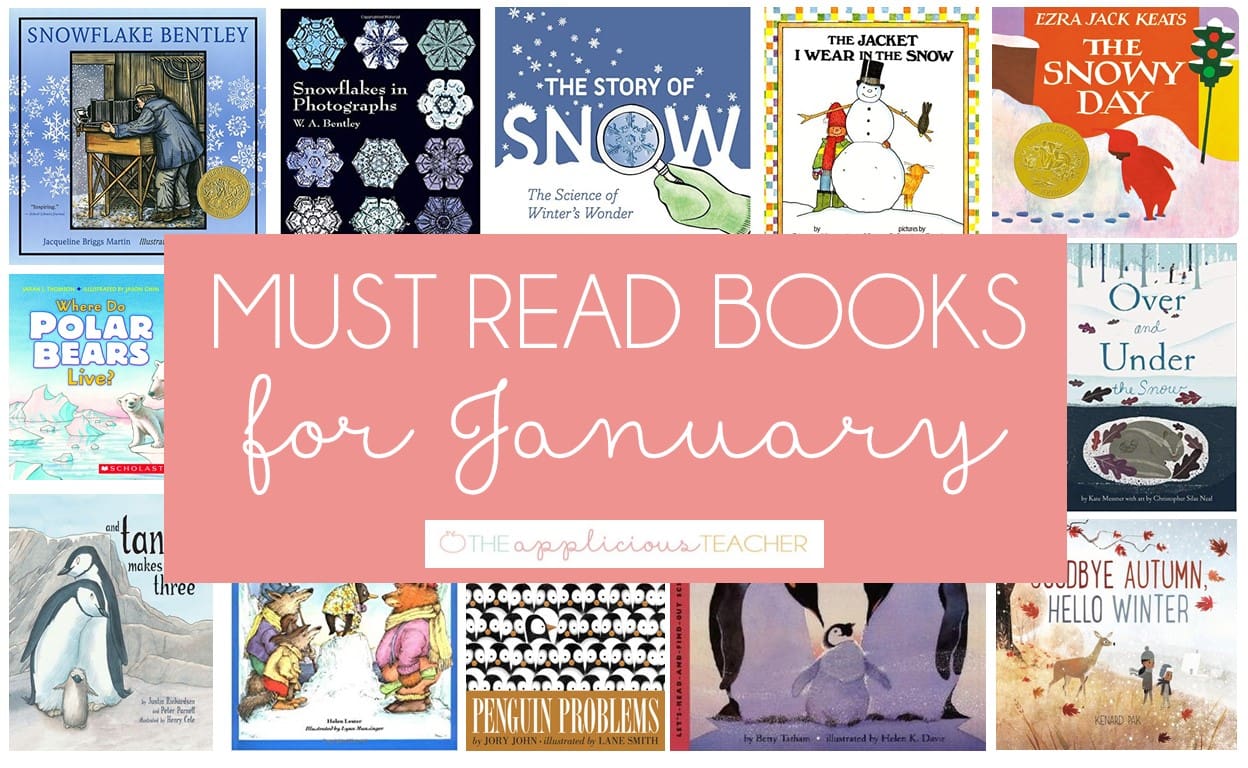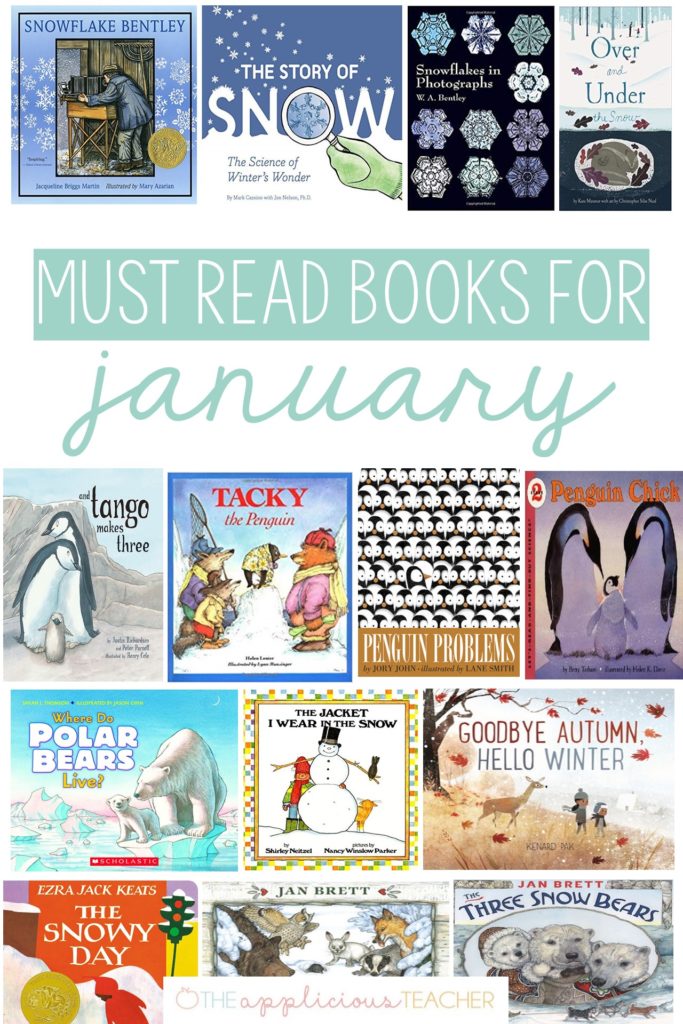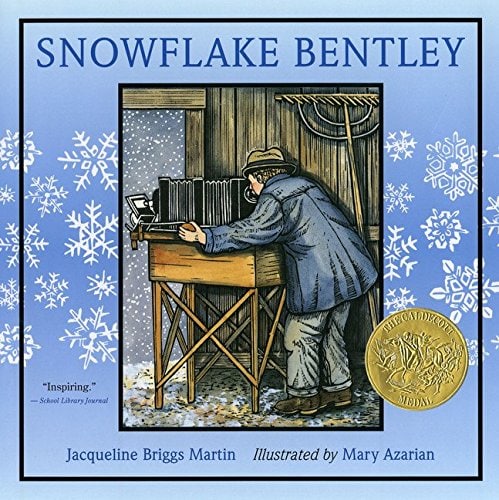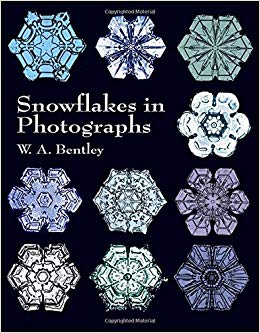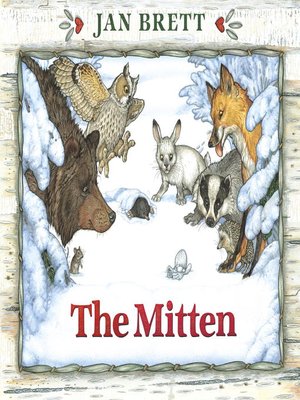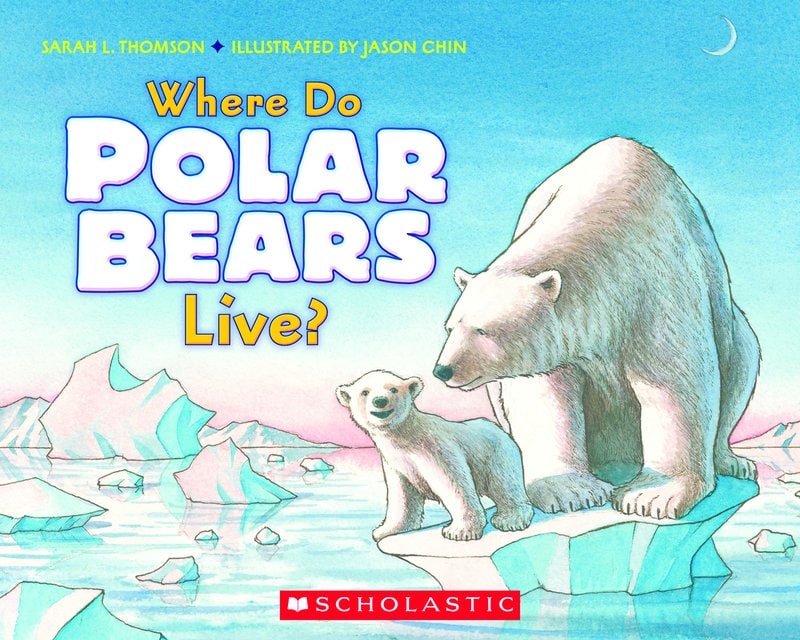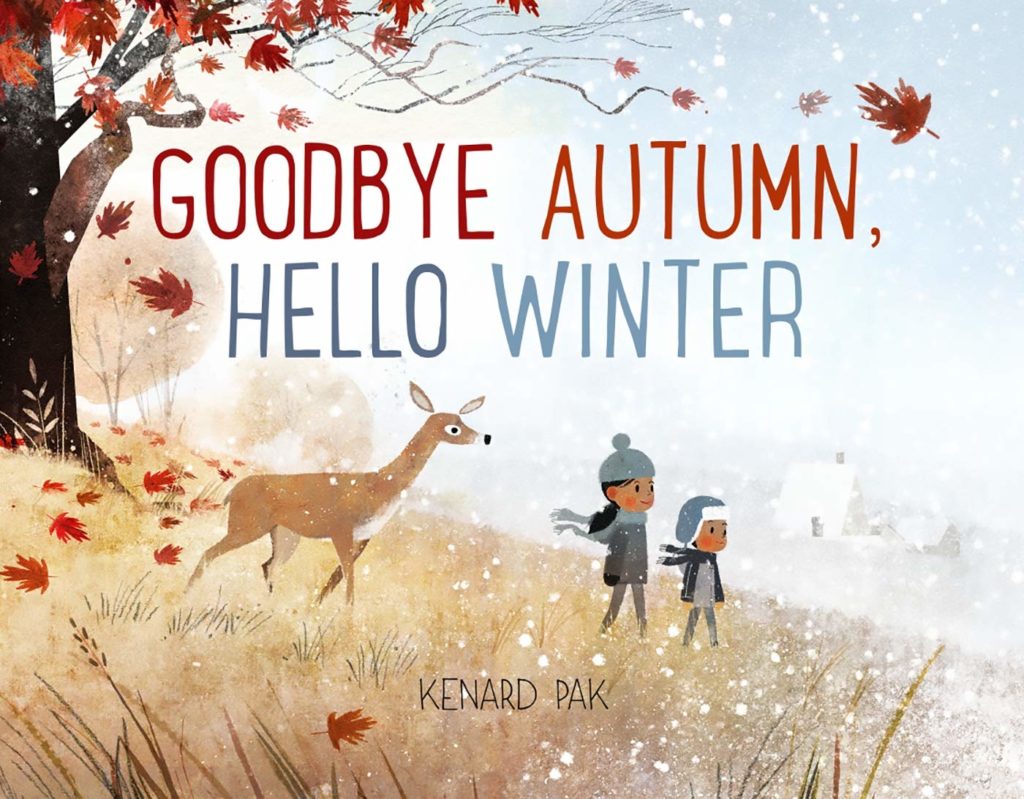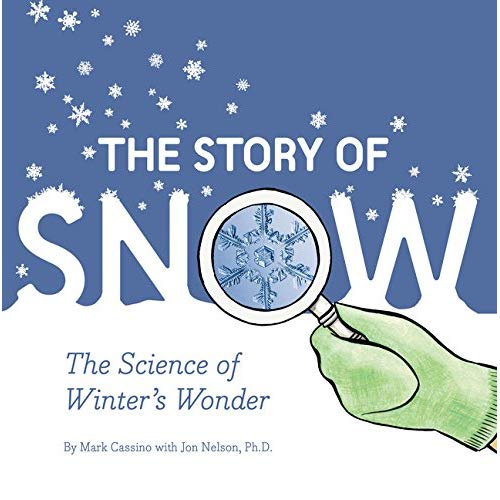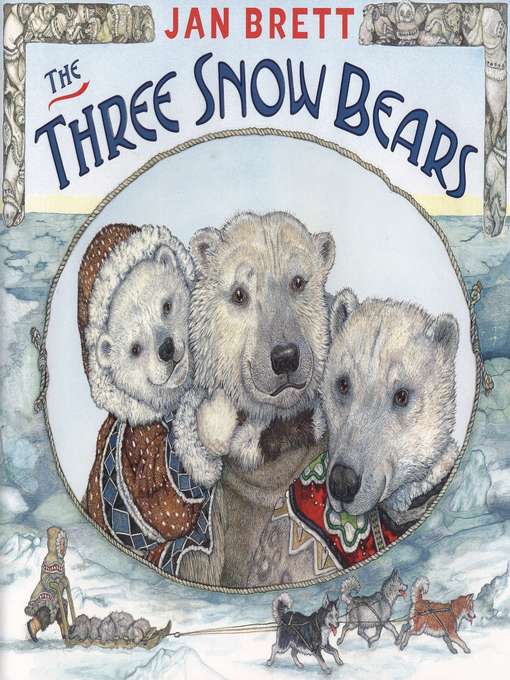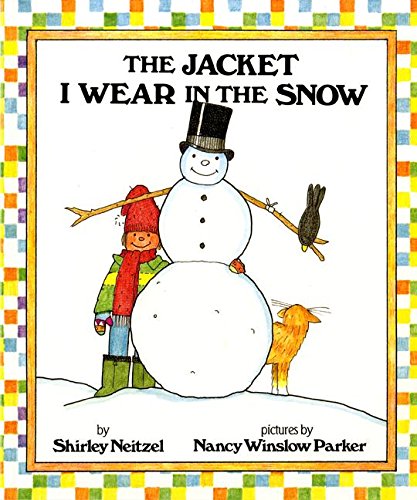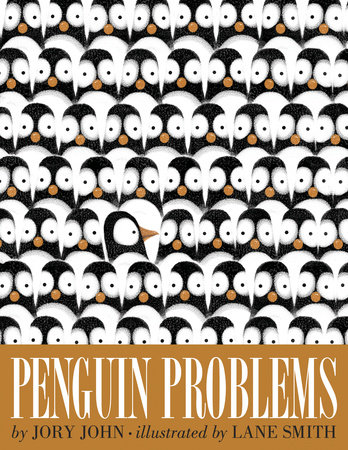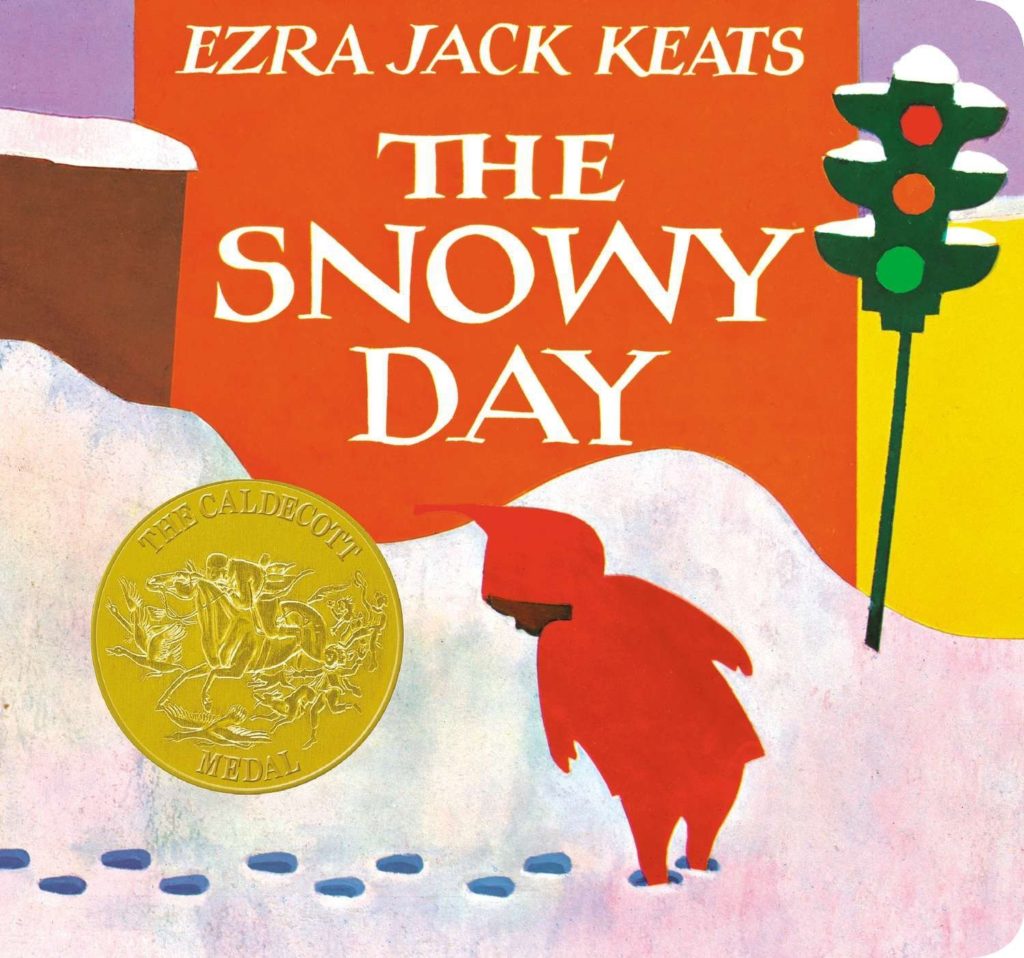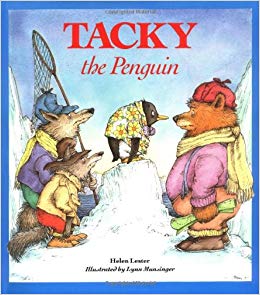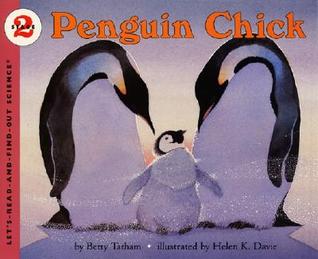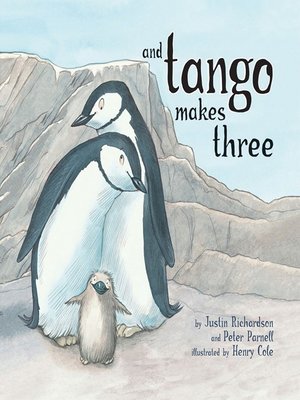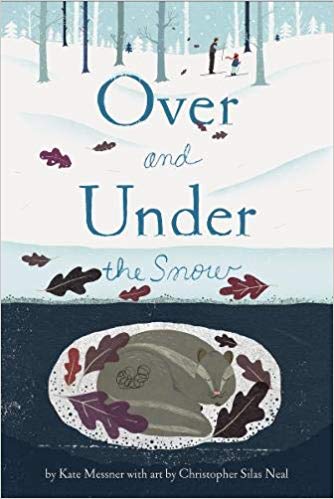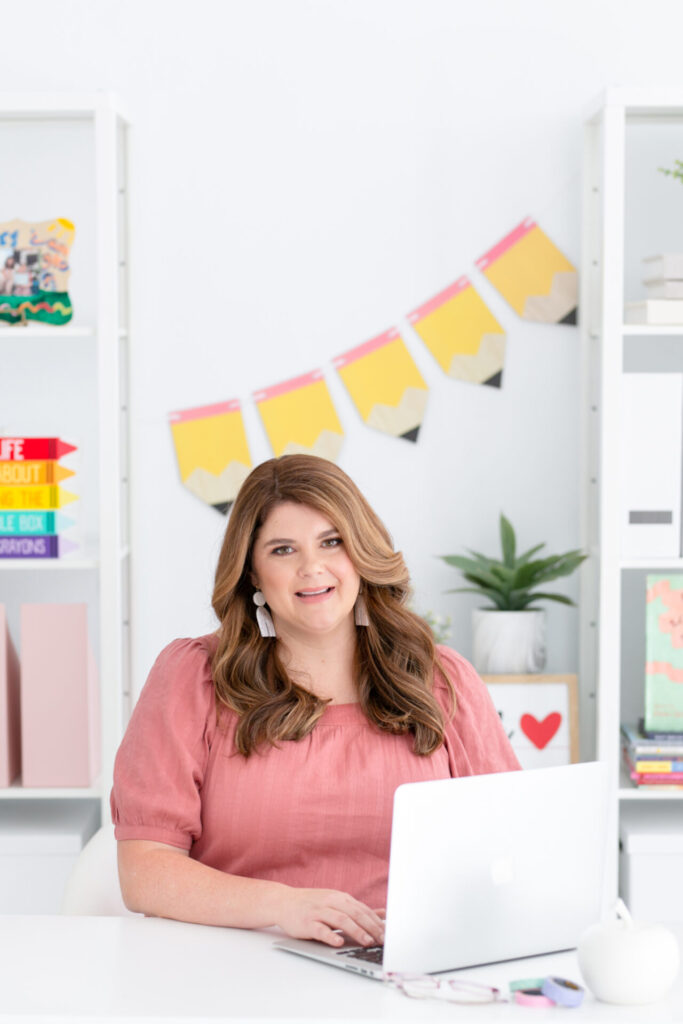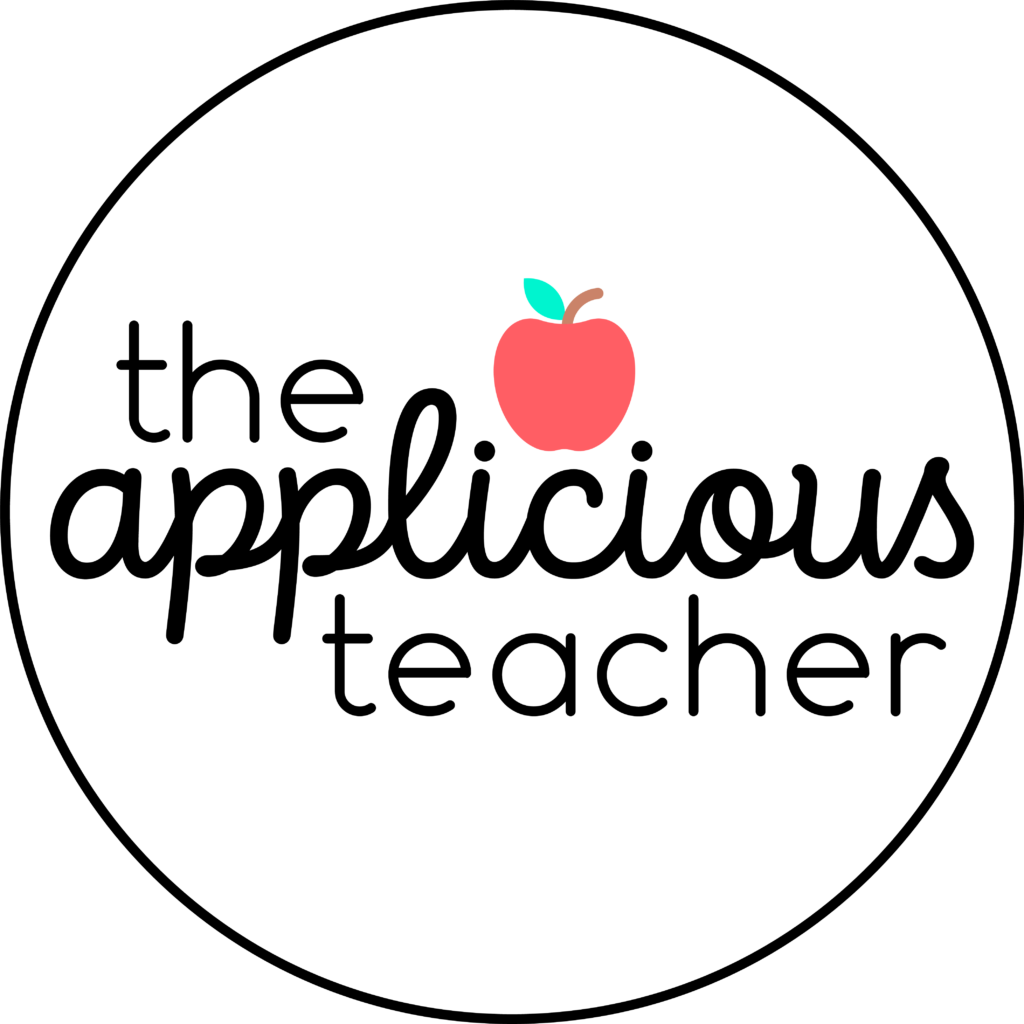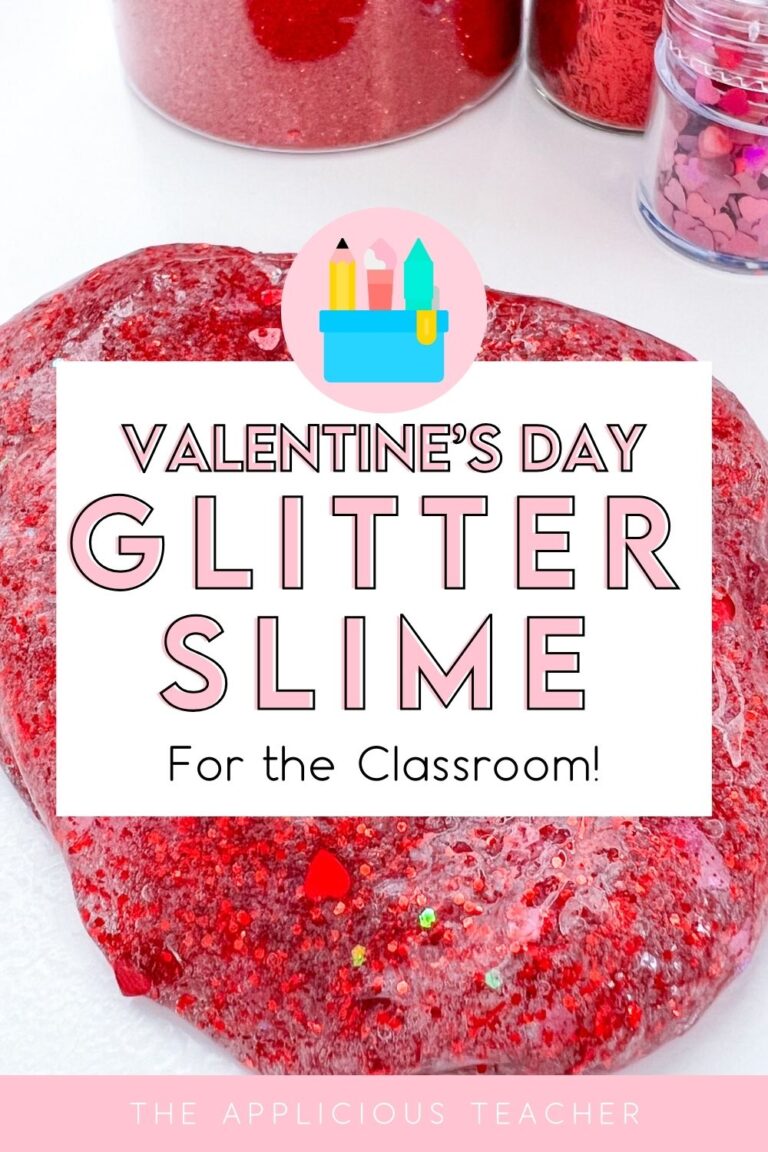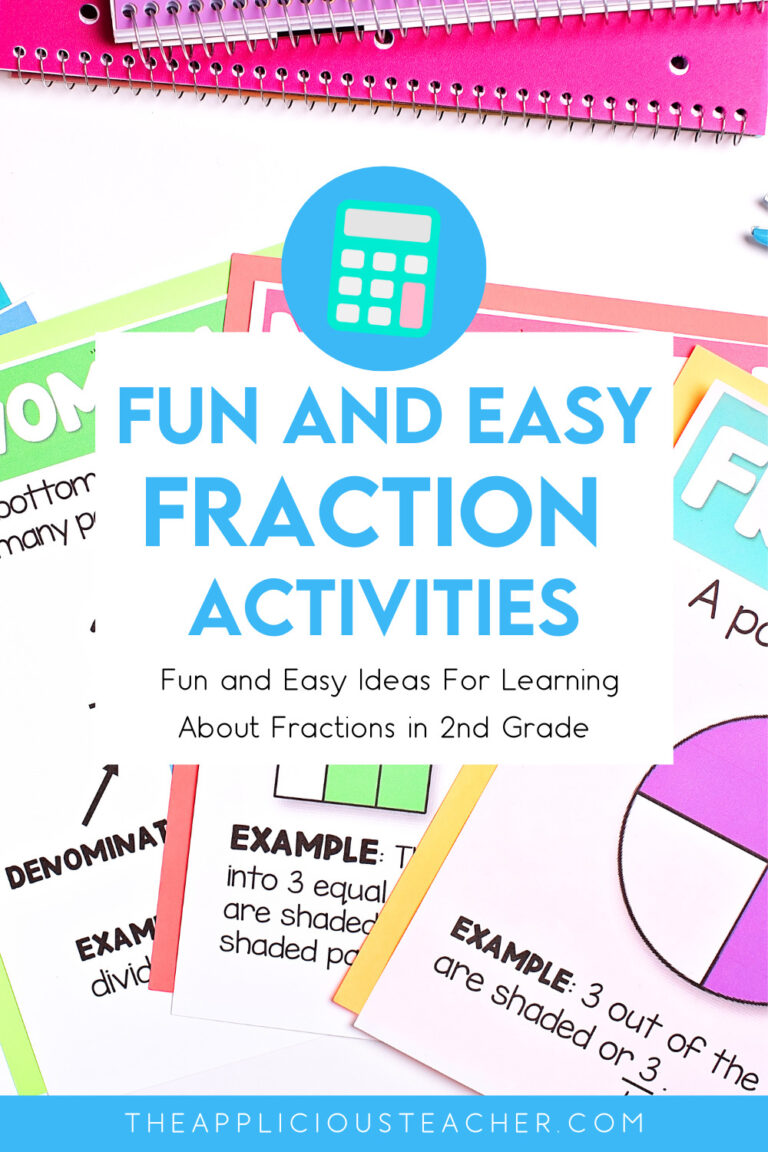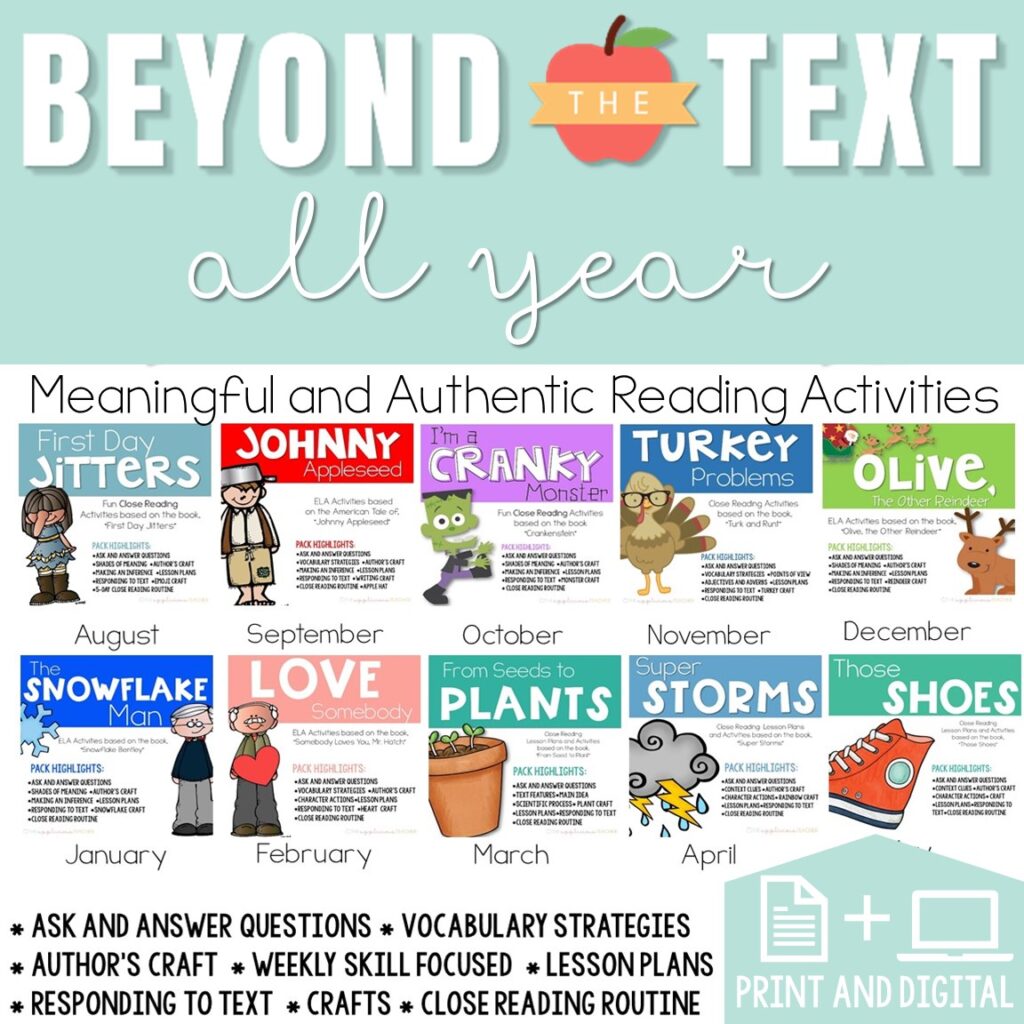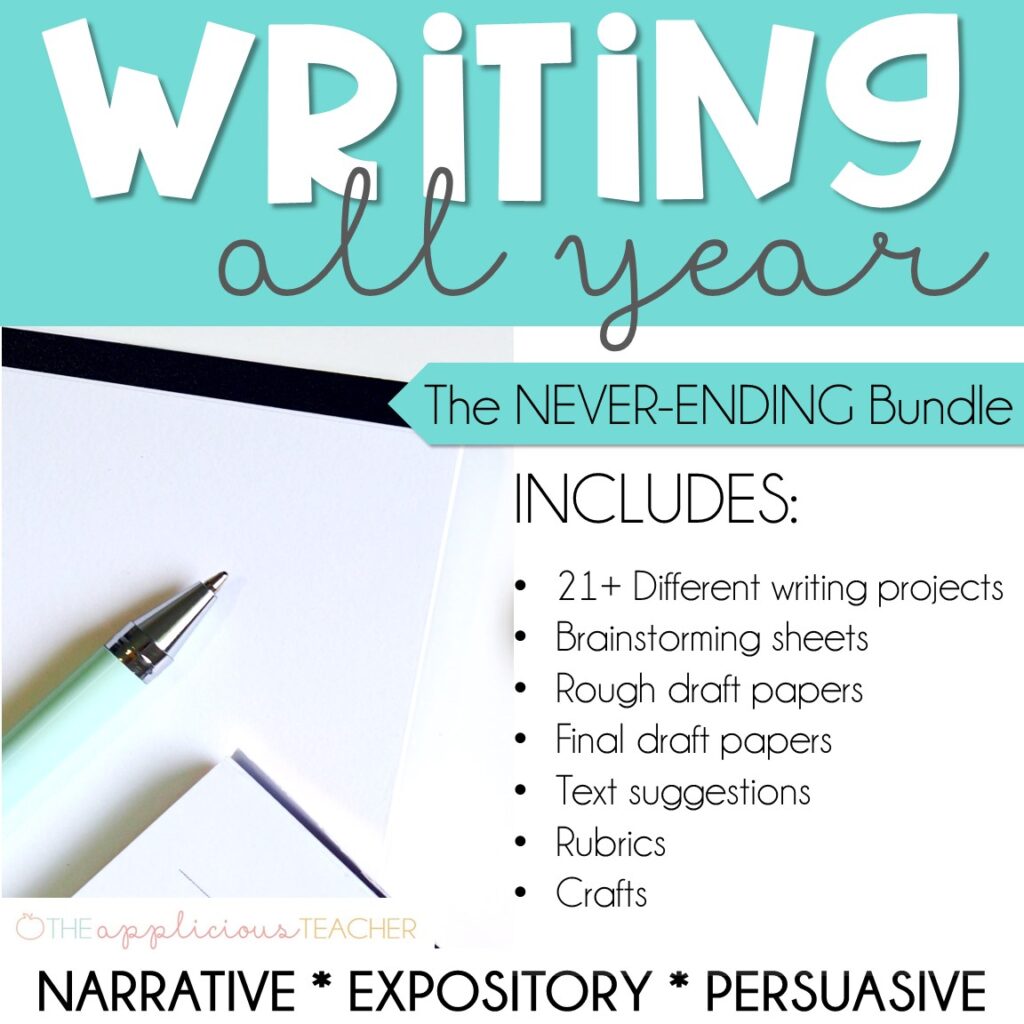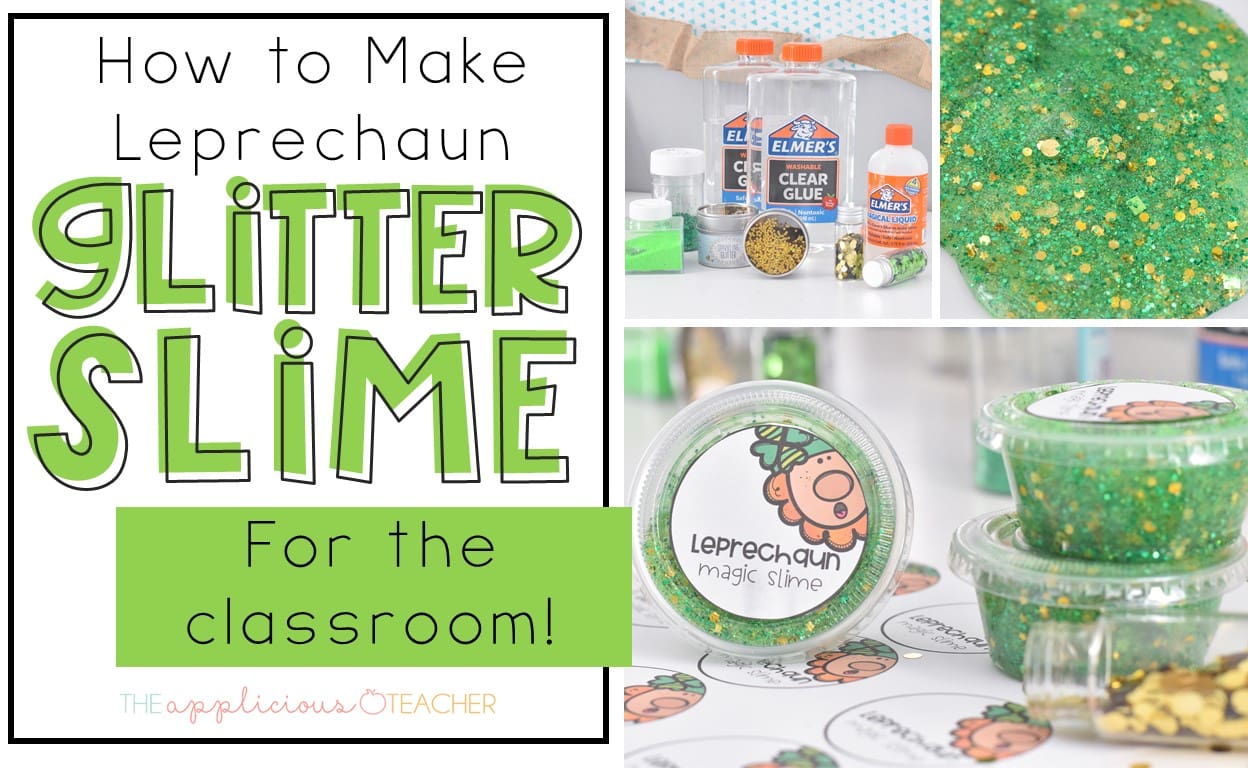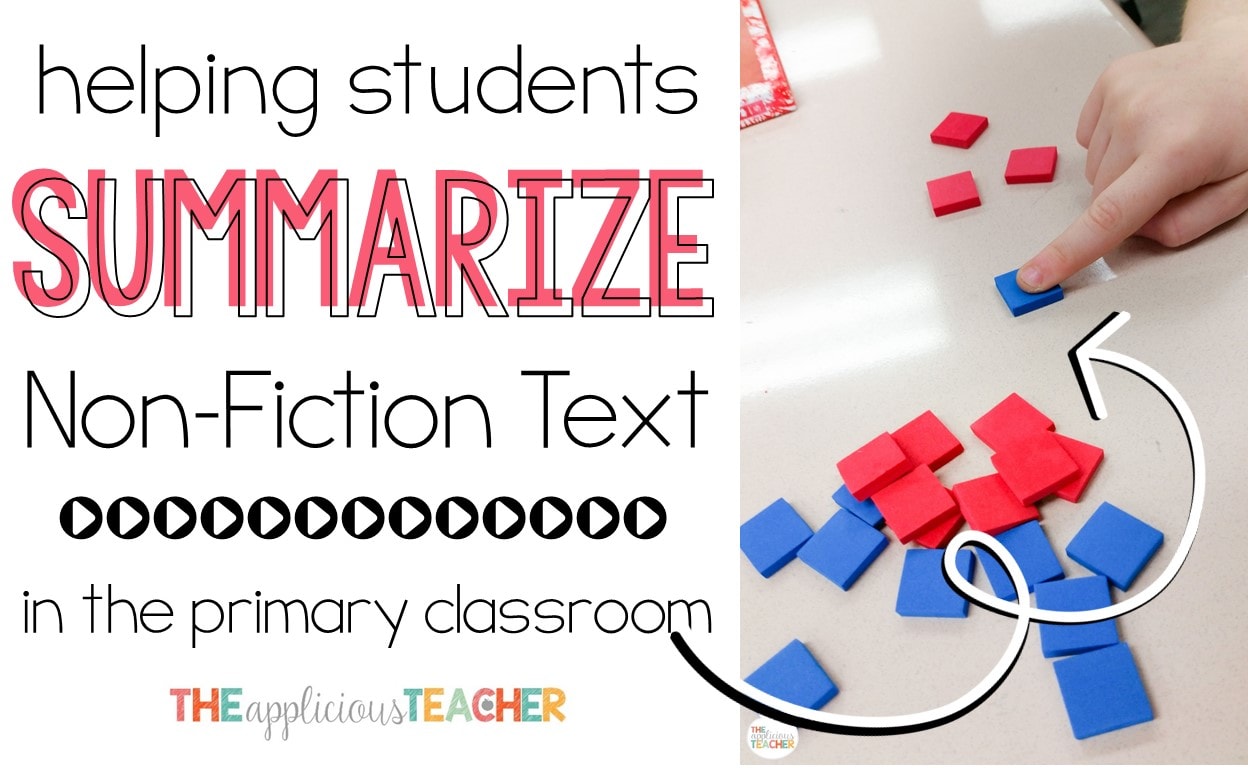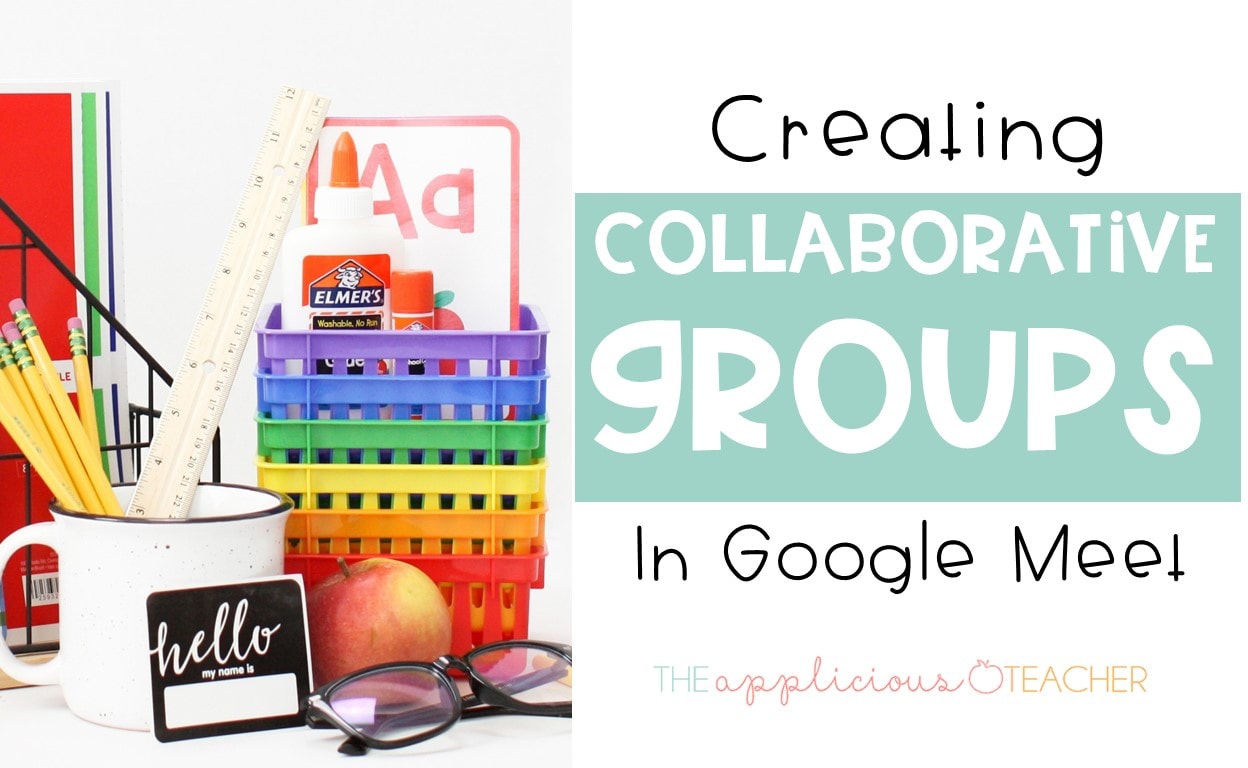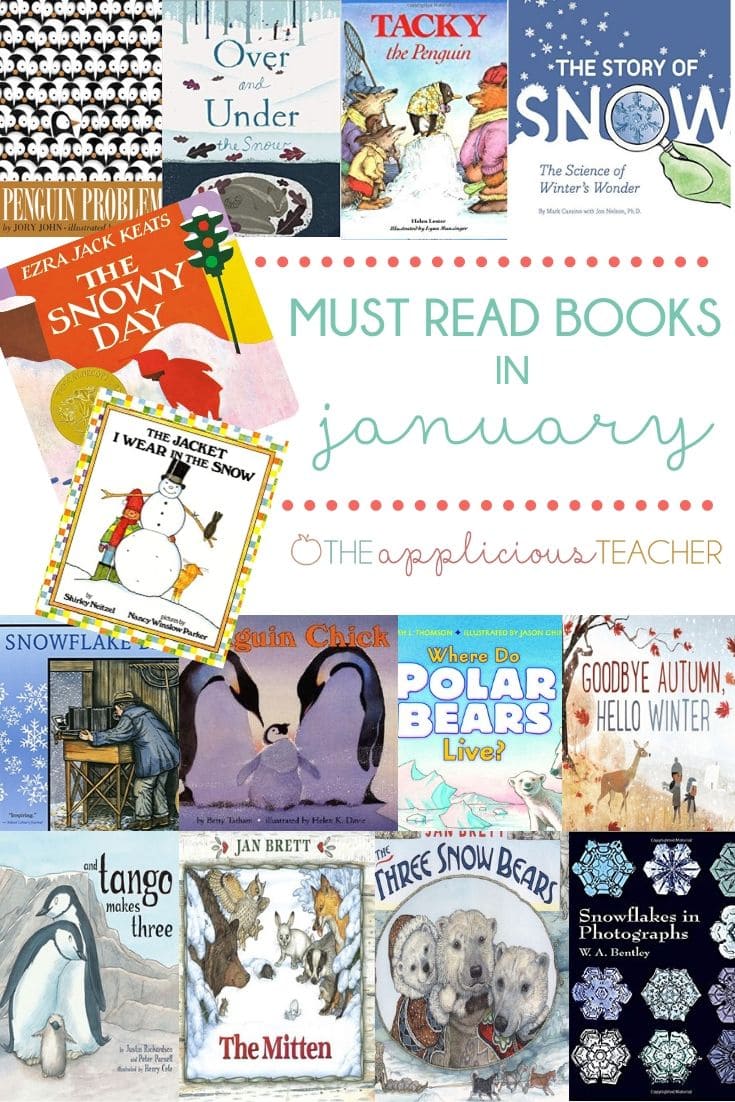
Ok… January is *just* around the corner! I know most of us are just trying to make it to Christmas Break, but I wanted to get this post out early so the over-achievers out there (side-eye) who actually plan BEFORE they leave for break, will have some suggestions of books to pull for the new year! January is a great time of year to embrace the snow – or dreams of snow – with beloved characters while meeting some new ones as well. So January’s must-read book list includes classic favorites such as The Snowy Day and Snowflakes in Photographs. Penguin enthusiasts will love to see so many feathered friends on this month’s book list, and your students will marvel at the beauty and artistry found in a single snowflake. Whether you’re gazing at palm trees or snowbanks, you’re sure to feel winter’s chill as you read through the titles on this list.
Please note this post contains affiliate links. If you do follow my links, please know that I do make a very small commission from your purchase. This extra coinage helps to feed my book addiction.
Check out some other months’ must-read book lists!
Ok-Let’s get to it!
Snowflake Bentley by Jacqueline Briggs Martin
Summary: The beautifully written narrative is punctuated by sidebars with interesting facts about Wilson A. Bentley and his family. The story follows Wilson A. Bentley through his childhood into adulthood as he embraced his lifelong passion for photographing snowflakes. In his lifetime, Bentley endured a fair amount of ridicule for being so passionate about snowflakes, but he made a great contribution to weather science when he discovered that no two snowflakes are alike.
Why it’s a must: Seriously one of my favorites for this time of year! That’s why it’s a must-read book for January! Great for teaching main idea and details! Check out this post to see how we used this book as part of our snow study! This book also makes a great discussion starter about how subjects that fascinate children can turn into lifelong passions, and sometimes lead to new discoveries. Older students can write about an interest they have, and how they might like to pursue that interest in adulthood. Perfect for: Preschool – 3rd Grade
Check it out on Amazon here!
CHECK OUT A WHOLE WEEK’S WORTH OF LESSON PLANS FOR SNOWFLAKE BENTLY!
Snowflakes in Photographs by W.A. Bentley
Summary: In 1931, the American Meteorological Society collected the best of Bentley’s snowflake photographs and gathered them into a book that has been in publication ever since. Bentley was the first to observe that no two snowflakes are alike, yet all snowflakes are based on a hexagon shape.
Why it’s a must: For younger children, snowflakes are a great way to introduce the hexagon shape in a real-world context. Students of all ages will enjoy creating their own hexagon-shaped snowflakes. These drawings and/or paintings could be collected to make a class book. Students could write simple poems to accompany their snowflake illustrations. Check out the craft we did here! Perfect for: All ages See it on Amazon!
The Mitten by Jan Brett
Summary: Jan Brett retells this Ukrainian folktale in her distinctive style with beautiful illustrations. A young boy begs his grandmother to knit him a pair of white mittens. His first time wearing them, one falls off. A mole crawls in and finds it to be a nice place for a nap. The mole is followed by a series of animals – each bigger than the last, until a tiny mouse finally causes the bear to sneeze, sending the mitten through the air and right back to Nikki, who is able to return home with both his mittens.
Why it’s a must: What a classic book to read in January! This is a great book for teaching sequencing to younger children. The story lends itself well to retelling. Cut out pictures of the various animals, glue them to popsicle sticks, and hand them out to children to allow them to practice retelling the story. Older students can rewrite their own versions of The Mitten using different lost items and/or animals. Perfect for: PK – 2nd grade See it on Amazon!
Where Do Polar Bears Live? by Sarah L. Thompson
Summary: Part of the award-winning Let’s Read and Find Out Science 2 series, Where Do Polar Bears Live? describes the Arctic habitat where polar bears live. In addition to teaching about polar bears and their habitat, Where Do Polar Bears Live? explores the impact global warming has on the planet and animal habitats.
Why it’s a must: Perfect book for January! Use this book to teach facts about polar bears. Young students can choose a fact to write for a class book, or illustrate a polar bear in its habitat. The book can be used with older students to introduce a writing lesson on an animal report, or as factual information to be used in designing a habitat. Where Do Polar Bears Live? also lends itself to beginning a discussion on global warming – both the impact and the ways we can reverse the trend. Perfect for: Kindergarten – 3rd Grade See it on Amazon!
Goodbye Autumn, Hello Winter by Kenard Pak
Summary: Simple text follows a brother and sister on a walk through town. They say hello to the nature they see as they walk through their town admiring the signs of the season. They greet the nature they pass along the way. The natural elements respond with ways they change as the seasons turn from autumn to winter.
Why it’s a must: Just like in Goodbye Summer, Hello Autumn, the illustrations are beautiful. Goodbye Autumn Hello Winter lends itself perfectly as a book to introduce a snow unit or as part of a season study. The conversations the children have with nature help students understand the subtle changes in seasons as autumn turns to winter. Perfect for: young children – 1st Grade. See it on Amazon!
The Story of Snow by Mark Cassino with Jon Nelson
Summary: Written by a nature photographer and a snow scientist, The Story of Snow answers many of your students’ questions about snow with detailed photographs and drawings. For young children, you can read just the narrative text and discuss the illustrations. For older children, the book goes into a lot of scientific detail about snowflakes.
Why it’s a must: The Story of Snow is a good introduction to a science lesson on how crystals form. This is also a good book to support teaching about snow as part of a weather unit. The remarkably clear photographs of snowflakes lend themselves to an art lesson on creating snowflakes which could be accompanied by Haiku or another form of poetry Perfect for: all elementary grades
The Three Snow Bears by Jan Brett
Summary: While elements of The Three Snow Bears are the same as the classic Goldilocks and the Three Bears, Jan Brett puts enough of the Arctic into this retelling to make it a unique story. After spending time in the Arctic, her research shows through in the Inuit themed patterns and clothing Jan Brett uses in her beautifully detailed illustrations. As with all Jan Brett books, make sure to look for the parallel stories in the margin illustrations. (And why yes, I’m a big fan of Jan Brett books. Who isn’t?)
Why it’s a must: The Three Snow Bears is a beautiful book to use for a compare-and-contrast fairy tale lesson. Not only can the stories be compared, but also the cultures where the tellings are set. Older students can research a country and its artwork and write their own version of The Three Bears, illustrated in the style of their country’s folk art. Perfect for: Kindergarten – 4th grade
The Jacket I Wear in the Snow by Shirley Neitzel
Summary: Using rebuses and rhymes, this story chronicles all the layers a young child must put on – and then take off again – during the winter months.
Why it’s a must: Young children can help read along by reading the rebus illustration while the adult reads the words. I also like using this book as part of a retell lesson. Print out pictures of the items and have students stand up as their part is read. Then, work as a class to retell the story using the pictures. As a follow-up activity, students can match pictures to words. Perfect for: Preschool-Kindergarten See it on Amazon!
Penguin Problems by Jory John and Lane Smith
Summary: The narrator is a grumpy penguin who sees the world through a dirty, grey lens until he meets a walrus who shares some wisdom about appreciating the good things life brings. Maybe the penguin learns his lesson, and maybe he doesn’t, but there is humor to be found throughout the illustrations in Penguin Problems.
Why it’s a must: So many standards can be pulled from this funny book! Use it to teach how characters respond to events and challenges in the text. It’s also a great book on how to discuss our feelings. Penguin Problems can open up a discussion about how to handle the grumpy days. Perfect for: Preschool – 3rd grade See it on Amazon!
The Snowy Day by Ezra Jack Keats
Summary: A simple story about a young boy who wakes up in the morning to discover it has snowed overnight. The story follows him through his snowy adventures… right through to his attempt to save a snowball for more snow fun the following day.
Why it’s a must: Have kids put on their jackets and snow pants to head outside for their own snowy day adventures. They can come back in and illustrate their favorite activity – or take photographs of the children to make a class book. Perfect for: Preschool – 2nd Grade See it on Amazon here!
Tacky the Penguin by Helen Lender
Summary: Tacky is an odd bird who generally annoys the other penguins around him, until one day when it’s Tacky’s odd behaviors that end up saving the penguins from the mean hunters.
Why it’s a must: Tacky is a loveable character whose antics bring joy to children who love to quote the refrain, “Tacky was an odd bird.” Tacky lends himself to a lesson on character traits. Students can make up their own adventures featuring the character Tacky. Students can either act out their Tacky adventures or combine their writings into a class book. Perfect for: Kindergarten – 2nd grade See it on Amazon here!
Penguin Chick
Summary: An Emperor penguin laid an egg… but it’s bitterly cold and no food for miles. How will it survive? Read to find out!
Why it’s a must: What makes this a must-read book for January? It’s a perfect book to help your students better understand the life cycle of penguins. Use it as part of a penguin study and have students write about the different stages of a penguin chick for a scientific process writing. See how we used it in 3rd grade here! Perfect for: grades 1-4 See it on Amazon!
And Tango Makes Three by Justin Richardson and Peter Parnell
Summary: And Tango Makes Three tells the true story of two male penguins at the Central Park Zoo who raised a fertilized egg, and the resulting baby penguin, as their own. The simple, straightforward text and gentle illustrations enhance the book’s appeal for young children. *Please note the nature of this book and use your teacher wisdom on if this book is appropriate to share with your students at your school.*
Why it’s a must: And Tango Makes Three opens up the opportunity to have a discussion about the many different types of families in today’s world. Perfect for: 2nd-5th grade See it on Amazon!
Over and Under the Snow by Kate Messner
Summary: This beautifully illustrated book helps students understand that while above the world in winter is calm and white, below the snow lies more! Also, the author is a teacher! So you know it’s going to be good.
Why it’s a must: Use this book to start off your “animals who hibernate unit”. Includes animals who do not hibernate in the winter for comparison! Perfect for: Kindergarten-3rd
Just because the tinsel and lights have been packed away for another year, does not mean the winter blues have to hover over the classroom. Penguins, polar bears, and SNOW! They all make January a month to look forward to. From art lessons to non-fiction (and all types of creative writing), the opportunities to use great texts to introduce lessons are boundless. I know clicking through all the images can be a pain to see them on Amazon, so I compiled a list of all the books and added them to my Amazon storefront! YAY for saving time! Click here to check it out!
Sign up to snag these!

Receive all these classroom management tools right to your inbox!
Success! Now check your email to confirm your subscription.
